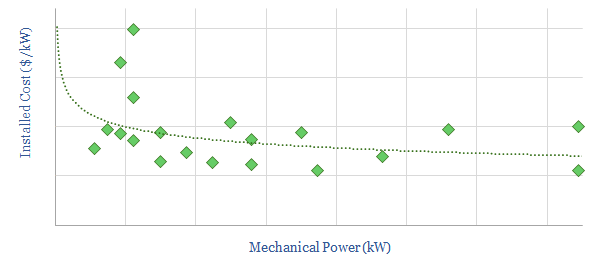
…the energy transition. We outline how centrifugal, reciprocating and screw compressors differ, the energy requirements of compression, compressor costs and leading companies. $199.00 – Purchase Checkout Added to cart Next we tabulate…
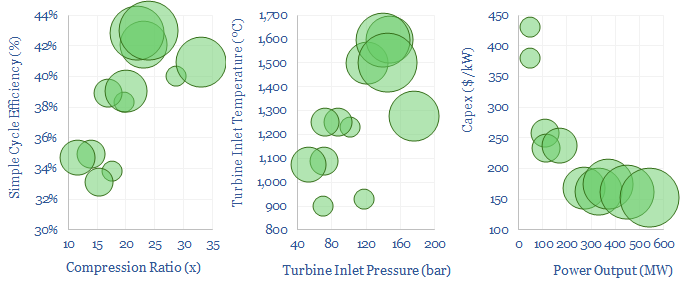
…more flexible (data here). And they may also be easier to decarbonize directly (example here). How does a gas turbine work? First, air is drawn into a compressor. The compression…
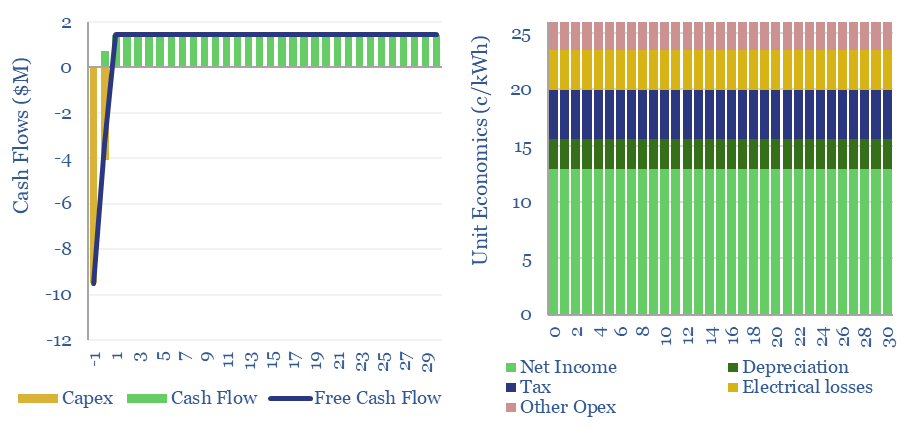
…first principles, assuming 78% compressor efficiency, 90% turbine efficiency and 97% generator efficiency (matching the numbers in our power plant loss attributions). Another 3-30% will be lost due to compressed…
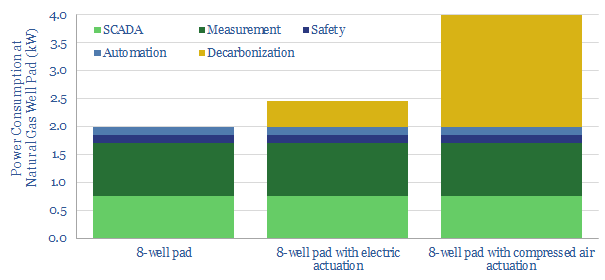
…cause warming when it bleeds into the atmosphere. But a compressor is needed, and the compressor needs to be powered (below). Qnergy’s Powergen product uses a Stirling engine to generate…
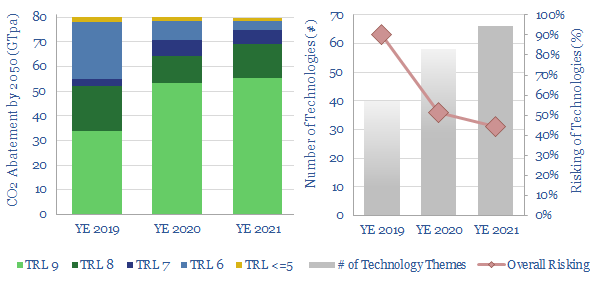
…also a mature technology. The first compressor was built by Viktor Popp in Paris in 1888, and the first commercial (mobile) reciprocating compressor was developed by Ingersoll Rand in 1902….
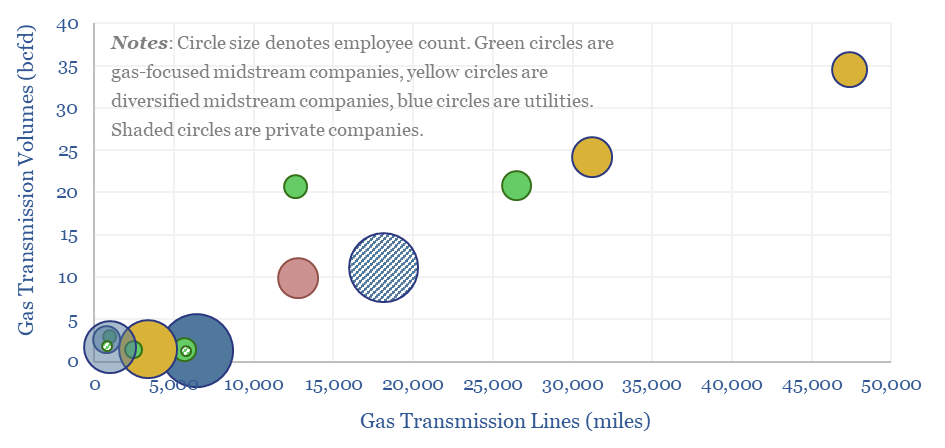
…and for 3,200 compressors at 640 related compressor stations. $899.00 – Purchase Checkout Added to cart This data-file aggregates data for 40 large US gas transmission pipelines, covering 185,000 miles, moving the…
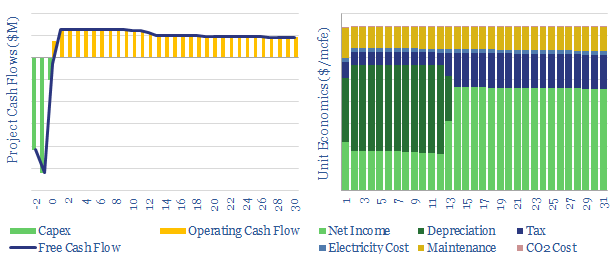
…test the economics directly in the model, by varying pipeline tariffs, capex costs, energy costs, CO2 prices, maintenance costs, pipeline diameter, pipeline distance, pipeline elevation, pipeline materials and compressor efficiencies….
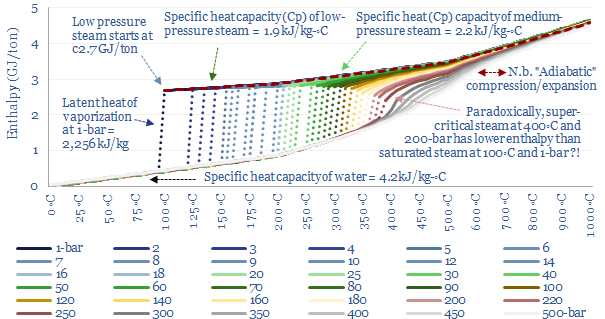
…useful. It will naturally flow wherever you direct it, without needing to be compressed using a capex-intensive, maintenance intensive and energy-intensive compressor. But it also makes the energy economics more…
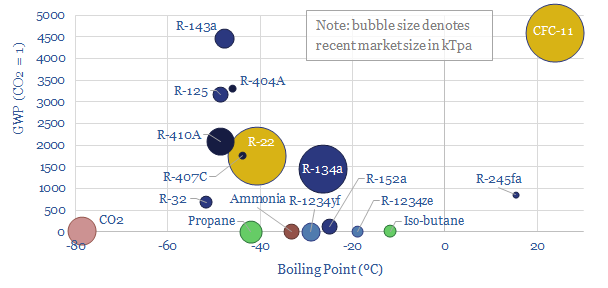
…re-liquefied using a compressor. The global market includes over 1MTpa of refrigerants, for use in refrigerators (around 100 grams per fridge), passenger cars (1 kg per vehicle) and home AC…
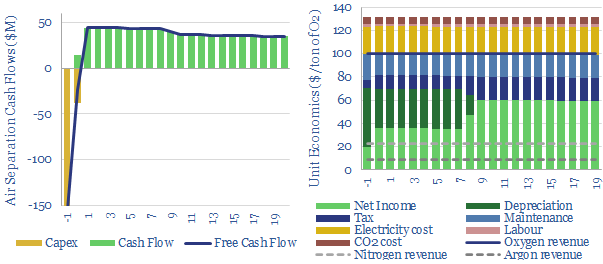
…large share of costs comes from electricity. Hence there may be some scope to vary compressor loads at air separation units flexibly to absorb intermittent renewables (note here). There are…










